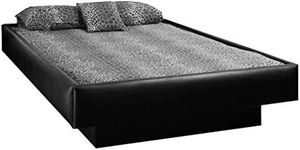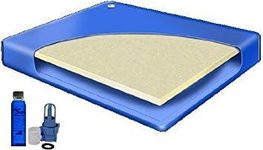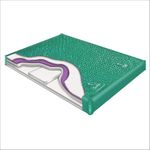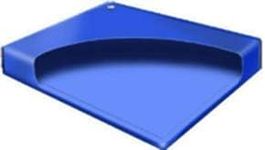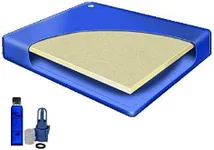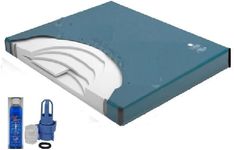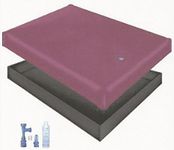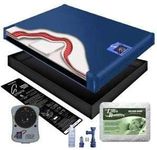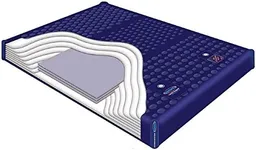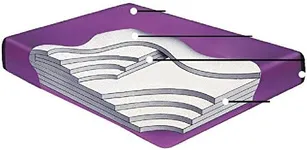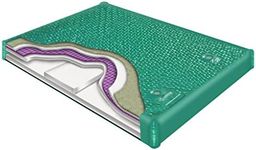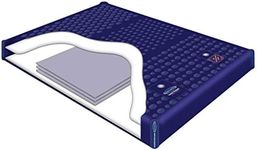Buying Guide for the Best Waterbed Mattresses
Choosing the right waterbed mattress can significantly impact your sleep quality and overall comfort. Waterbed mattresses offer unique benefits such as even weight distribution and customizable firmness. When selecting a waterbed mattress, it's important to consider several key specifications to ensure you find the best fit for your needs. Understanding these specifications will help you make an informed decision and enjoy the full benefits of your waterbed mattress.Type of WaterbedThere are two main types of waterbeds: hard-sided and soft-sided. Hard-sided waterbeds have a wooden frame that supports the water mattress, while soft-sided waterbeds look more like traditional mattresses with a foam frame. Hard-sided waterbeds are known for their classic waterbed feel and are typically more affordable. Soft-sided waterbeds are easier to move and fit standard bed frames. Choose a hard-sided waterbed if you prefer a traditional waterbed experience and don't mind the extra weight. Opt for a soft-sided waterbed if you want a more conventional look and easier maintenance.
Wave ReductionWave reduction refers to the amount of motion you feel when moving on the mattress. Waterbed mattresses can range from full wave (no wave reduction) to waveless (maximum wave reduction). Full wave mattresses provide a lot of movement, which some people find soothing. Waveless mattresses have layers of fiber or foam inside to reduce motion, offering a more stable sleeping surface. If you enjoy the classic waterbed feel with lots of movement, a full wave mattress might be for you. If you prefer a more stable and less disruptive sleep, consider a waveless or semi-waveless mattress.
Support and FirmnessSupport and firmness in waterbed mattresses are determined by the amount of water and the internal structure. Some waterbeds allow you to adjust the water level to change the firmness. Additionally, waveless mattresses often have layers of foam or fiber that provide extra support. If you need more support for your back or prefer a firmer sleeping surface, look for a waterbed with adjustable firmness or additional support layers. If you like a softer, more cushioned feel, a full wave mattress with less internal structure might be more comfortable.
Material QualityThe quality of the materials used in a waterbed mattress affects its durability and comfort. Look for mattresses made from high-quality vinyl that is thick and puncture-resistant. Some waterbeds also have reinforced corners and seams for added durability. Higher quality materials will ensure your mattress lasts longer and remains comfortable over time. If you want a long-lasting waterbed, prioritize mattresses made from durable, high-quality materials.
SizeWaterbed mattresses come in various sizes, including twin, full, queen, and king. The size you choose should depend on your available space and sleeping preferences. A larger mattress provides more room to move and can be more comfortable for couples. Measure your bedroom space and consider your sleeping habits when selecting the size. If you have a smaller room or sleep alone, a twin or full size might be sufficient. For more space and comfort, especially for couples, a queen or king size is ideal.
Heating SystemMany waterbed mattresses come with a heating system to keep the water at a comfortable temperature. This feature is important for maintaining a consistent sleep environment and can be especially beneficial in colder climates. Look for a waterbed with an adjustable heating system that allows you to set the temperature to your preference. If you live in a colder area or prefer a warm sleeping surface, a waterbed with a reliable heating system is essential. If you don't mind a cooler bed, you might not need this feature.
